Face Cream
A multi-active skin repair cream, 45 g

Free shipping to any country via express delivery, tracking number is provided.

Treatment action
In Japanese cosmetology face cream is an irreplaceable step in the daily skincare routine which enhances the effectiveness of any serum, mask and topical care item. The cream plays the role of a protecting veil aiming at attaining two main goals: to “seal” an intensive care product inside the skin thus prolonging the duration of its effect, and to protect from cell-damaging environmental stress-factors.
Summus face cream is also an independent item of a classic skincare routine with skin revitalizing, nurturing and hydrating properties.
Treatment effect
- Provides optimal hydration and skin-softening effect.
- Restores elasticity and tightness of the skin.
- The cream stimulates the processes of intracellular metabolism and cell renewal.
- Provides cells with necessary nutrients and vitamins.
- Protects from aggressive environment and free radicals.
- Revitalizes the skin.
- Enhances and prolongs the duration of the effect of any serum.
The cream does not contain artificial colorants, fragrances and other aggressive components. Hypoallergenic, suitable for sensitive and dehydrated skin.
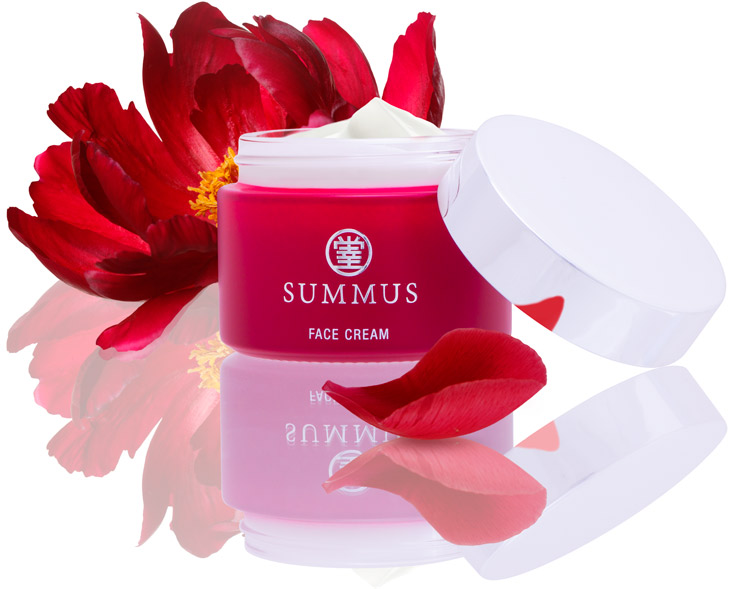
Collagen and elastin
Water-soluble collagen helps support elasticity and optimal hydration level of the skin because of its high water binding and water retention capacities.
Hydrolyzed collagen and hydrolyzed elastin are low-molecular-weight forms of collagen and elastin split into small particles capable of penetrating into the skin. Cosmetic products with low-molecular-weight collagen and elastin help decrease water loss and restore skin turgor.
Succinyl atelocollagen is a highly purified form of collagen with the improved solubility and enhanced hypoallergenic properties. It helps improve the skin elasticity and provides an excellent moisturizing effect.

A complex of antioxidants and skin-protecting components
Hydrogenated lecithin softens the skin, stimulates lipid exchange, helps restore skin barrier function.
Platinum delivers nutrients to the skin cells and normalizes the skin surface electric potential that helps support the optimal level of hydration. Moreover, platinum helps protect the skin from the negative effect of ultraviolet and free radicals.
Fullerenes are powerful and highly effective antioxidants that fight free radicals much more effectively than common antioxidants. One common antioxidant molecule is used to destroy one free radical; it perishes while bonding with the free radical and forming a harmless compound. The fullerene molecule is capable of neutralizing many molecules of free radicals without loosing its effectiveness.
Reishi mushroom extract stimulates intracellular exchange, moisturizes the skin and works as an antioxidant.
Ceramides 1, 2, 3, 6 II help restore the skin barrier layer.
Hyaluronic acid
Acetyl-sodium hyaluronate (superhyaluronic acid) is a modified form of hyaluronic acid capable of holding twice as much moisture as common hyaluronic acid. It improves the ability of corneal layer to keep moisture that allows to increase skin elasticity.
Sodium hyaluronate (hyaluronic acid sodium salt) facilitates the normalization of water balance by forming a moisturizing protective veil on the skin. The veil reduces transepidermal loss of moisture and actively absorbs water from the air, thus moisturizing the skin surface. Moreover, sodium hyaluronate makes the skin feel soft and silky.
Sodium hyaluronate crosspolymer (3D-hyaluronic acid) is a modified form of hyaluronic acid that provides long-term hydration.
Hydrolyzed hyaluronic acid is a low-molecular form of hyaluronic acid.
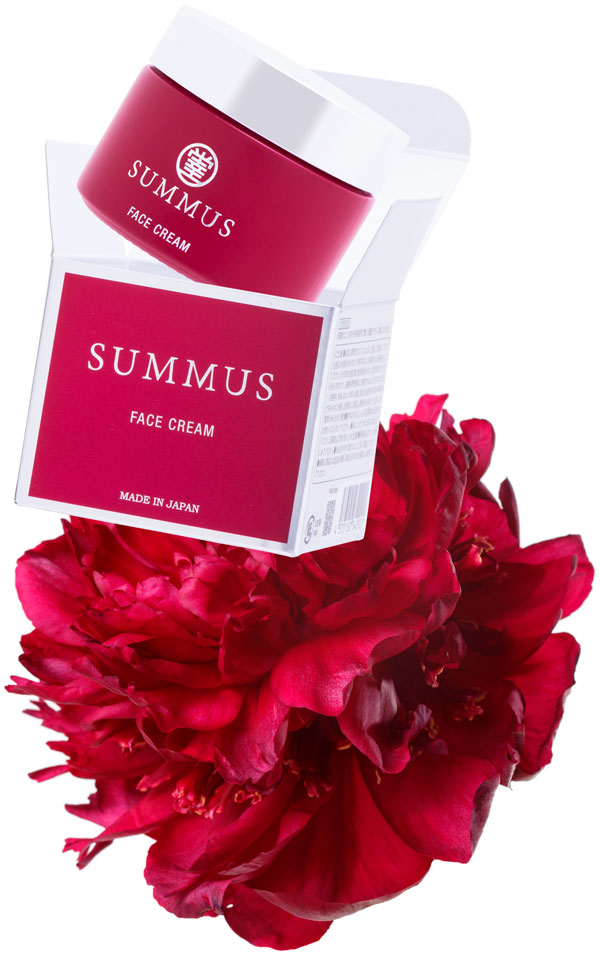
Hyaluronic acid is one of the most important structural elements of skin. Its main function is to bind and hold moisture. One molecule of hyaluronic acid is capable of holding up to 1000 molecules of water. Hyaluronic acid also contributes greatly to providing optimal conditions for cells functioning (it serves as a system for interstellar supply of many active components necessary for the skin health, stimulates the synthesis of collagen and plays an important part in the process of epidermis renewal, as well as protects cells against damage caused by free radicals).
The young skin continuously provides synthesis of hyaluronic acid. However, age-specific changes (they start to show around the age of 22) and skin damage by UV-light lead to the steady decrease of hyaluronic acid synthesis. As a result, the skin looses moisture, elasticity, and deteriorates. In order to stop the loss of moisture and fight against the aging process, it is advised to additionally saturate the face skin with moisture. Skin hydration can be carried out using low-molecular compounds of hyaluronic acid.
Common molecule of hyaluronic acid is too large and is not capable of penetrating through small intercellular spaces of the surface skin layer. That’s why, when the common form of hyaluronic acid is applied, it remains only on the skin surface, forming a light film that tends to be removed during washing.
Summus laboratory uses hydrolyzed or low-molecular hyaluronic acid*. This type of hyaluronic acid not only covers the skin surface but also penetrates inside** due to low molecular size. It moisturizes skin from within and on the outside. Unlike common form of hyaluronic acid, molecules of hydrolyzed hyaluronic acid can not be washed by water as they penetrate the skin deeply and continue working after washing. The applied low-molecular form of hyaluronic acid holds twice as much moisture as common hyaluronic acid***. After the use of low-molecular hyaluronic acid, the actual skin moisture content increases****, and skin acquires soft and silky texture*****.
* Low-molecular form of hyaluronic acid is obtained by molecule breakdown (hydrolysis) to smaller particles and called hydrolyzed hyaluronic acid.
** Confirmed by laboratory tests.
*** Confirmed by laboratory tests.
**** Confirmed by laboratory tests.
***** Based on the sensory evaluation results.
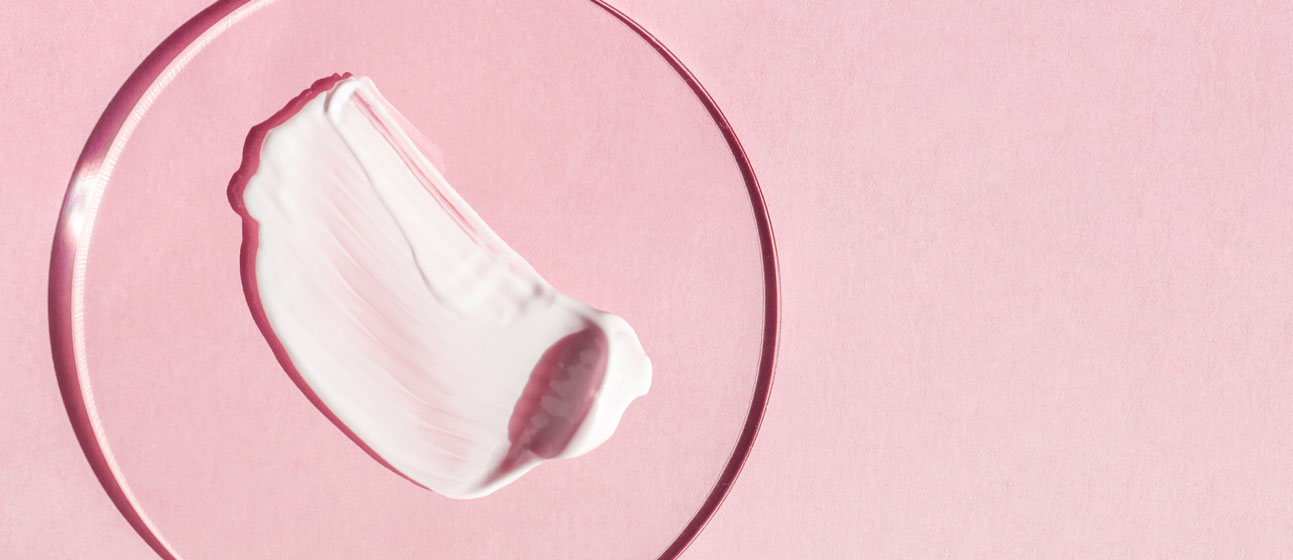
Vitamin complex
Niacinamide (vitamin B3) maintains intracellular connections. It is considered to be one of the best cosmetic ingredients and is valued for its rejuvenescent properties. Niacinamide reduces the synthesis of melanin, thus preventing the pigmented spots and evening out the skin tone, prevents wrinkles, improves skin elasticity, stimulates intracellular metabolism, the synthesis of lipids and free fatty acids, supports skin barrier function, possesses anti-inflammatory and antioxidant properties.
Pantenol (provitamin B5) moisturizes, keeps moisture and softens the skin.
Vitamin E protects retinol against the destructive effect of UV-light, also works as an antioxidant protecting the cells against damage caused by free radicals.
Vitamin C protects the skin from ultraviolet, slows down the aging process.
Retinyl palmitate is a stabilized form of vitamin A. In combination with vitamins E and C it softens the skin and improves its texture, prevents the appearance of pigmented spots as well as wrinkles by facilitating the synthesis of collagen and glycosaminoglycans that maintain elasticity and the required level of the skin moisture content.
Natural Moisture Factor (NMF) of the skin
Acetylglucosamine, carotene, alanine and carbamide are included in skin Natural Moisture Factor (NMF), which is a complex of molecules generated by cells for keeping the required level of the skin moisture content. Acetylglucosamine, carotene, alanine and carbamide support the optimal balance of Natural Moisture Factor components by helping keep moisture and elasticity as well as strengthen the skin barrier function.
Peptide complex
Palmitoyl pentapeptide-4 sustains skin elasticity and activates intracellular metabolism.
Palmitoyl tetrapeptide-7 fights skin inflammatory processes and their consequences. After the age of 35, human body starts producing an increased amount of inflammatory mediators named interleukins, and that suppresses the angenesis, leads to degradation of the skin matrix, wrinkle formation and loss of elasticity. Palmitoyl tetrapeptide-7 reduces interleukins production that allows to impede skin inflammatory and aging processes.
Palmitoyl tripeptide-1 stimulates intracellular metabolism and tones up the skin.
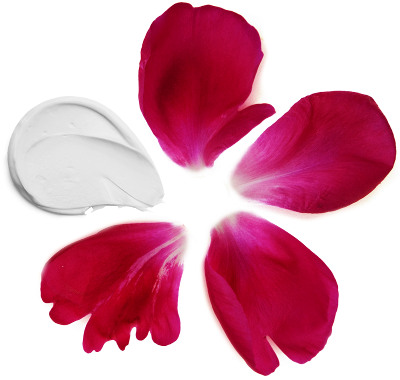
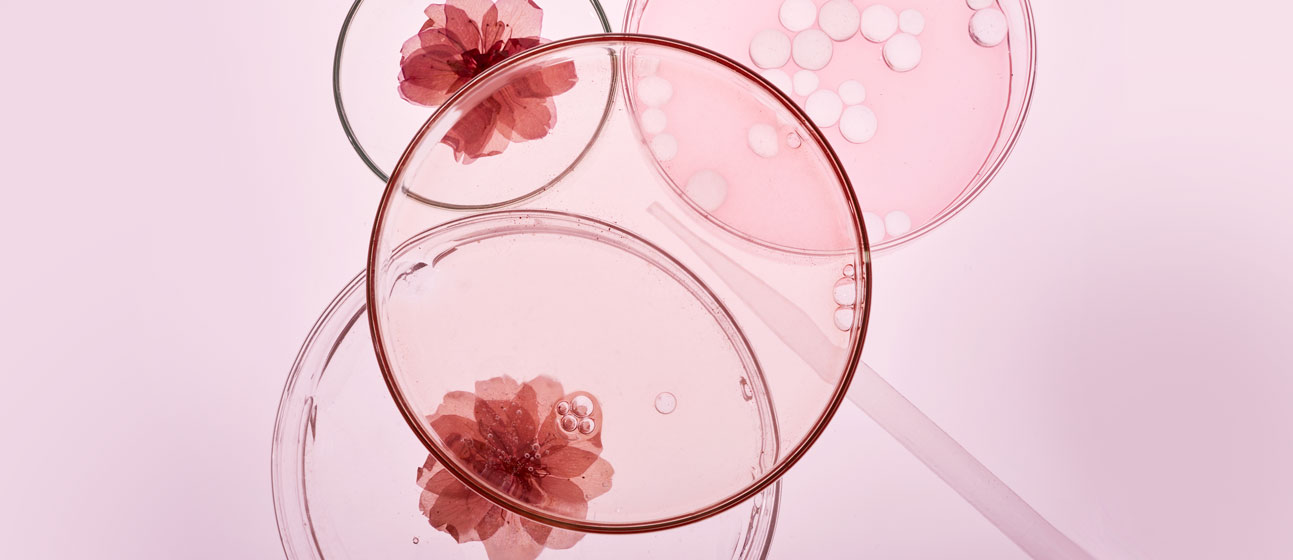
Extracts
Rice bran glycosphingolipids as well as rice bran oil are among the best plant-extracted moisturizing components because of their unique ability to bind and retain moisture.
Soya sterol moisturizes, smooths the skin and provides it with vitamins.
Ginseng extract tones up the skin and stimulates metabolic processes in its cells.
Royal jelly extract is a moisturizing, wound healing and nutritious ingredient. Components of royal jelly are capable of binding and retaining water. Royal jelly contains a complex of B-group vitamins as well as amino acids, enzymes and micronutrients that care for the skin. Apart from that, royal jelly possesses natural anti-inflammatory and antibacterial properties.
Sake sediment extract is a byproduct obtained by decomposition (fermentation) of rice in the process of brewing sake - a traditional Japanese beverage. Sake sediment extract has a rejuvenescent effect as it contains a large quantity of vitamins, minerals and amino acids that supply the skin with the necessary nutrients and stimulate its regeneration. Moreover, sake sediment extract evens out the skin tone: free linoleic acid and arbutin found in the extract lighten the skin tone by suppressing the effect of tyrosinase ferment that causes skin pigmentation. Ferulic acid in sake sediment extract is also a great antioxidant.
Soya seed extract (soybeans) softens and moisturizes the skin.
How to use
After washing your face, applying lotion and (as an option) serum apply a small amount of the cream to your face skin using soft massaging movements.
The cream is suitable for different age groups and skin types.
Safety precautions
Do not use with damages, oedema, eczema, irritation and other skin problems. If the product is not suitable for you or if discomfort or irritation occurs, stop using the product and consult your dermatologist.
Make sure to prevent the product from getting into your eyes. If the product has gotten into your eyes, wash it away immediately with plenty of water.
Do not store the product at very high or low temperatures, keep away from direct sunlight. Store in places inaccessible for children.
